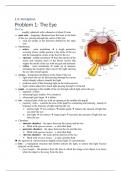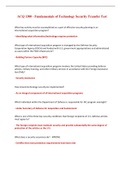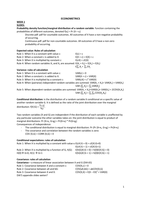Samenvatting
Summary - Brain and Cognition: Perception (FSWP2-040-A)
- Vak
- Instelling
This is a summary of the 2.4 Brain and Cognition course (EUR). This summary integrates all the relevant literature, including also important information discussed during tutorial meetings.
[Meer zien]






